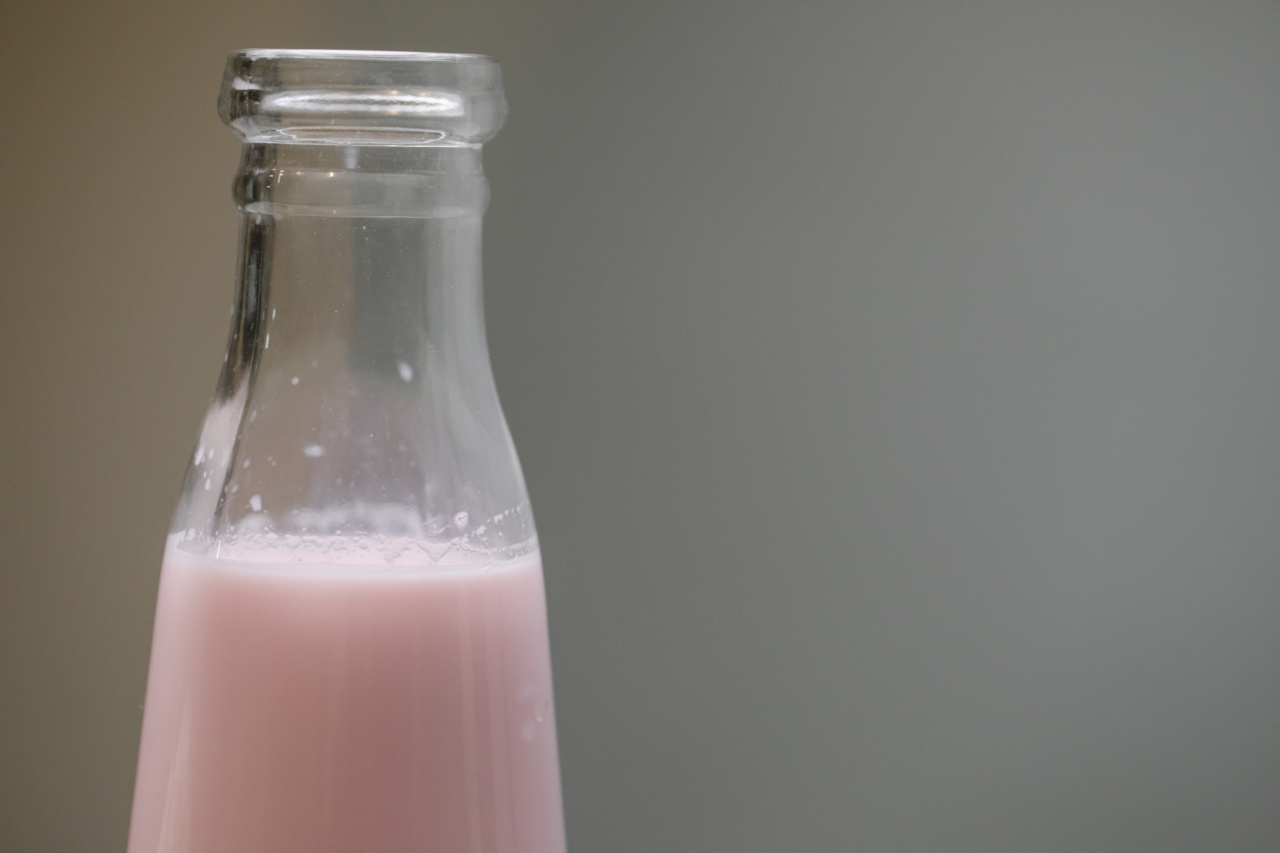When a baby is diagnosed with cow’s milk allergy, it can be challenging for parents to find a suitable alternative to cow’s milk formula. One option that is often recommended is a hypoallergenic diet.
However, some parents may be concerned that this type of diet may not provide all the necessary nutrients for their baby’s growth and development. In this article, we will explore whether a hypoallergenic diet is adequate for nutrients in infants with cow’s milk allergy.
What is a Hypoallergenic Diet?
A hypoallergenic diet is a diet that eliminates or minimizes foods that commonly cause allergic reactions.
The purpose of a hypoallergenic diet is to identify and eliminate the foods that are causing allergic reactions and to provide a safe and healthy diet for individuals with food allergies or intolerances.
Cow’s Milk Allergy
Cow’s milk allergy is a common allergy among infants and children. It is estimated that between 2% to 7.5% of infants and children suffer from cow’s milk allergy.
The symptoms of cow’s milk allergy can range from mild to severe and may include skin rash, nausea, vomiting, diarrhea, and difficulty breathing.
Nutrients Needed for Infants
Infants need a variety of nutrients to support their growth and development. These nutrients include protein, carbohydrates, fat, vitamins, and minerals.
Breast milk or formula provides all the necessary nutrients for an infant’s growth and development in the first six months of life.
Types of Hypoallergenic Formulas
There are two types of hypoallergenic formulas available for infants with cow’s milk allergy: extensively hydrolyzed formulas and amino acid-based formulas.
Extensively Hydrolyzed Formulas
Extensively hydrolyzed formulas are made by breaking down cow’s milk protein into small peptides. This process reduces the allergenicity of the protein, making it less likely to cause an allergic reaction.
Extensively hydrolyzed formulas are a good choice for infants with mild to moderate cow’s milk allergy.
Amino Acid-Based Formulas
Amino acid-based formulas are made from individual amino acids and are considered the least allergenic of all formulas. Amino acid-based formulas are a good choice for infants with severe cow’s milk allergy or multiple food allergies.
Nutrient Content of Hypoallergenic Formulas
Both extensively hydrolyzed formulas and amino acid-based formulas are nutritionally complete and provide all the necessary nutrients for infant growth and development.
Protein
Protein is an essential nutrient for infant growth and development. Extensively hydrolyzed formulas and amino acid-based formulas provide adequate amounts of protein to support infant growth and development.
Carbohydrates
Carbohydrates are an important source of energy for infants. Hypoallergenic formulas are made with lactose, which is the primary carbohydrate in breast milk.
Lactose is a natural sugar that is easily digested and provides essential nutrients for infant growth and development.
Fat
Fat is an important nutrient for brain and nervous system development in infants. Hypoallergenic formulas are made with vegetable oils, which provide essential fatty acids for infant growth and development.
Vitamins and Minerals
Hypoallergenic formulas are fortified with vitamins and minerals to ensure that infants receive all the necessary nutrients for growth and development.
These formulas provide adequate amounts of vitamins and minerals, including iron, calcium, and vitamin D.
Conclusion
A hypoallergenic diet, specifically hypoallergenic formulas, is adequate for nutrients in infants with cow’s milk allergy.
Both extensively hydrolyzed formulas and amino acid-based formulas are nutritionally complete and provide all the necessary nutrients for infant growth and development. Parents can be assured that their baby’s nutritional needs will be met with a hypoallergenic formula.































